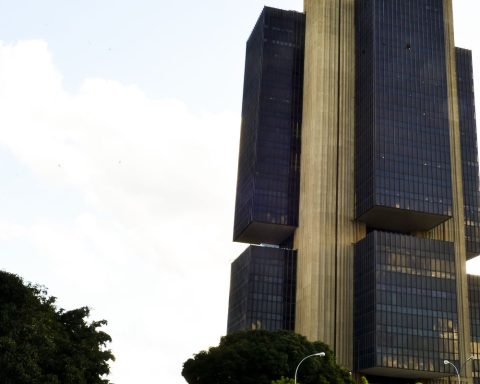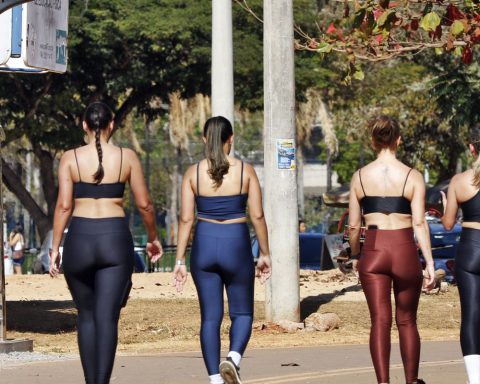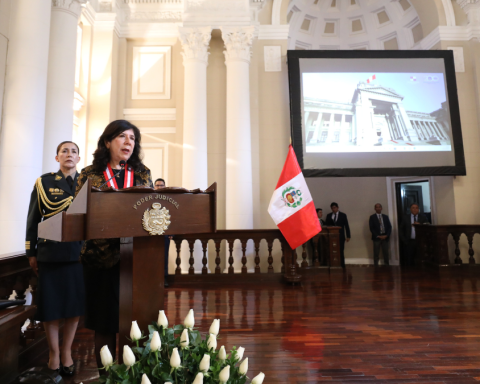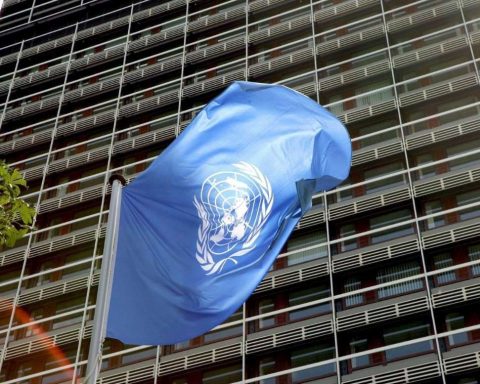A survey released today (28) by the Institute of Applied Economic Research (Ipea) indicates that the resumption of the labor market is consolidating in Brazil, with an expansion of the employed population and with effects on the reduction of unemployment.
In the document, prepared based on data from the Continuous National Survey of Household Samples (PNAD Contínua), of the Brazilian Institute of Geography and Statistics (IBGE), Ipea researchers observed that, in January of this year, the number of employed persons in the country 94.1 million workers arrived, reaching a level similar to the pre-pandemic period, when it reached 94.5 million in January 2020.
Compared to the same month last year, the employed population increased by 8.1%, becoming the main factor responsible for the 3.3 percentage point drop in the unemployment rate, which fell from 14.7% in January 2021 to 11.4% in January this year. In the seasonally-free series, the unemployment rate of 11.2% in January reached the lowest level recorded since April 2016, according to IPEA.
According to the study, the general decline in unemployment was more intense in the Southeast Region, where the unemployment rate fell by 3.9 percentage points from 2020 to 2021, from 15.1% to 11.2%. In absolute terms, the highest unemployment rates were found in Amapá (17.5%), Bahia (17.3%) and Pernambuco (17.1%). The unemployment rates in metropolitan and non-metropolitan regions increased from 17.1% and 12% in 2020 to 13.1% and 9.6% in 2021.
gender and age
Data by gender reveal that, although there has been a drop in unemployment for both sexes, the unemployment rate among men (9%) is lower than that observed among women (13.9%). In the case of men, unemployment is already at a level below that recorded in the pre-pandemic period (9.1%), while the female unemployment rate still exceeds that recorded in the fourth quarter of 2019 (13.4%).
Analyzing the age group, Ipea found that, “although all age groups have registered a drop in unemployment, this decline was more intense in the younger workers group, whose unemployment rate retroacted 6.2 percentage points between the fourth quarter of 2020 and 2021, going from 29% to 22.8%. Similarly, the number of employed persons with incomplete primary education showed a growth of 16.2%, allowing a drop of 5.1 percentage points in the unemployment rate, which went from 23.5% to 18.4%, in the period in which question”.
sectors
With the exception of the public administration, which showed a drop of 2.4%, in the interannual comparison, all other sectors had an increase in occupation in the last quarter of 2021. Highlight for accommodation and food services (23.9%), domestic services (21.7%), personal (14.7%) and civil construction (17.4%).
The IPEA survey highlights that, despite the more favorable scenario, the Brazilian labor market still presents a series of challenges to be overcome. The researchers recall that, in January, the country still had a contingent of 12.1 million unemployed, of which more than 30% have been in this situation for more than two years. IPEA points out that, even in the face of a stronger recovery of formal employment, most of the new vacancies are still being generated in the informal segments of the economy.
The IPEA survey also emphasizes that in the last mobile quarter ended in January 2022, while the number of workers with a formal contract increased by 9.3% in the interannual comparison, the number of employed without a formal contract and self-employed increased by 19.8% and 10 .3%, respectively.
For the year 2022 as a whole, however, Ipea’s estimate is that although the expectation of continuity of the labor market recovery process is maintained, the pace of this recovery tends to decrease, as a reflection of the more moderate performance of the economy. (Alana Gandra)
















